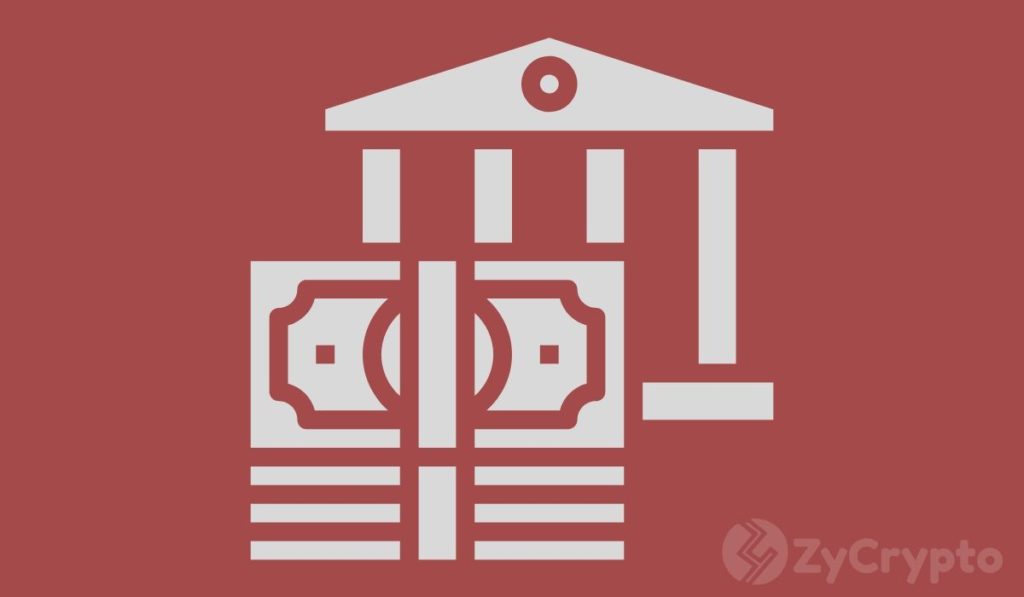2020-12-4 22:00 |
Central Banks will play a critical role in the new, modern global financial infrastructure that blockchain technologies will undoubtedly underpin. Central Bank digital currencies (CBDCs) are an important development for Central Banks, allowing for the continuation of sovereign monetary policy in a digital asset world—to the benefit of billions of people around the world.
In Ripple’s latest webinar—Bridging the Gap in Innovation—industry experts and partners from Ripple’s University Blockchain Research Initiative (UBRI) and the National University of Singapore (NUS) examine the future of CBDCs and their impact on cross-border payments.
The future of financial infrastructure is global. But for a truly global system to work, interoperability is the cornerstone of long-term success and must include connecting to existing domestic schemes—as well as other international schemes.
“If we consider the big, long-term picture of CBDC, currencies will be digital…this will allow for more efficient payment systems, greater financial inclusion and increased utility with new, innovative services. If a Central Bank doesn’t have a long-term holistic strategy for CBDCs, they risk the future prominence and relevance of their currency, both domestically and internationally,” explains Ripple’s Global Head of Client Solutions, Ross Edwards.
In a recent BIS survey, Central Banks not surprisingly rated “improving efficiency of payments” as a key motivation for issuing CBDCs. For many companies and individuals—both domestically and across the globe—the ability to make low-cost, real-time global payments is critical to the success of their business or the welfare of families back home.
“When it comes to digitizing global payments and making the process more efficient, blockchain could be a game changer to emerging markets,” says BNY Mellon’s Managing Director, Head of Markets Strategy, Daniel Tenengauzer.
Adoption of CBDCs in cross-border payments—and beyond—however, hinges on their usability by both consumers and businesses. Innovation will drive utility, and therefore adoption, and that innovation will come from collaboration between the public and private sectors.
With a majority of Central Banks around the world considering this technology, it’s imperative that regulators and industry participants work together. As Mark McKenzie, The SEACEN Centre’s Sr. Financial Sector Specialist describes, “obviously CBDC is the flavor of 2020…but first and foremost, we have to think about standardization and harmonization in terms of regulations.”
Leveraging our experience from building our global payments network, RippleNet, Ripple is working with regulators and Central Banks to develop and implement open, interoperable protocols that can be used in support of CBDCs.
If you’re a bank or financial institution interested in learning more about CBDCs, watch the CBDC webinar or contact us at [email protected].
The post CBDCs and Interoperability: Bridging the Gap in Innovation appeared first on Ripple.
origin »Central African CFA Franc (XAF) íà Currencies.ru
|
|

































